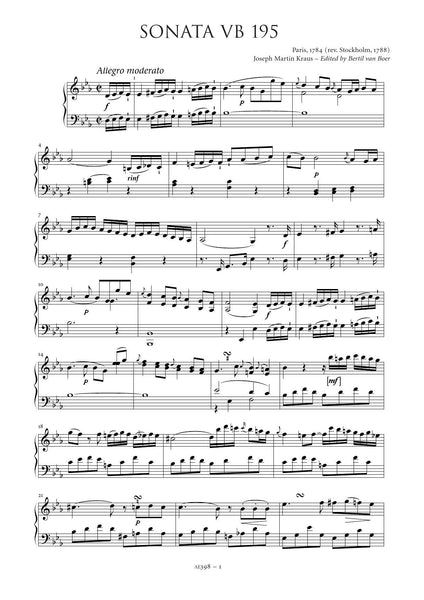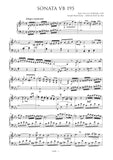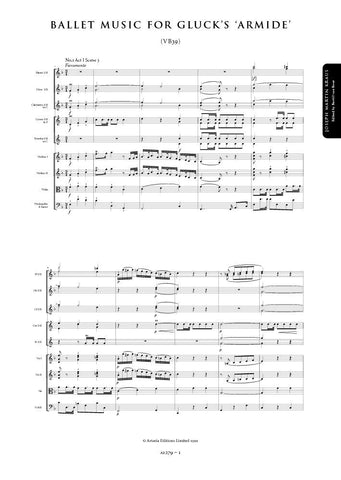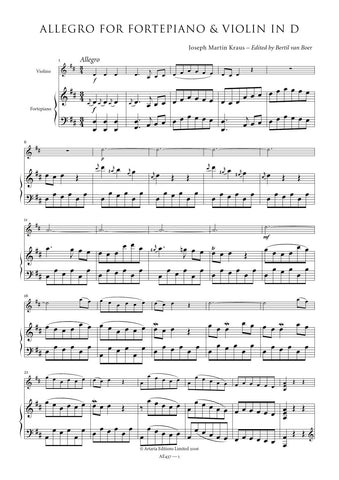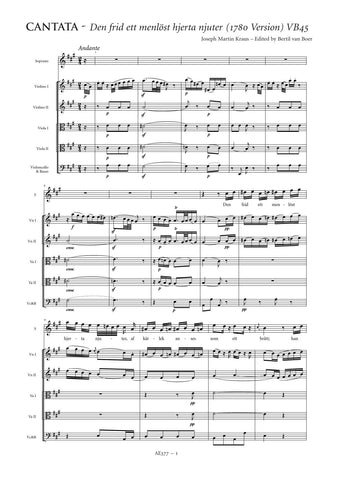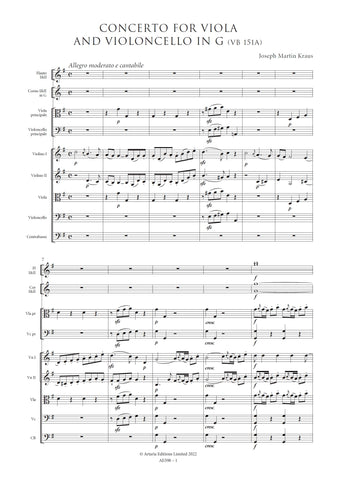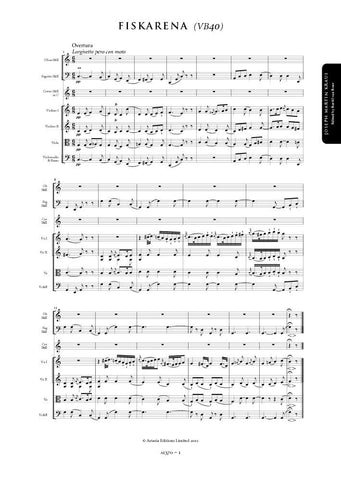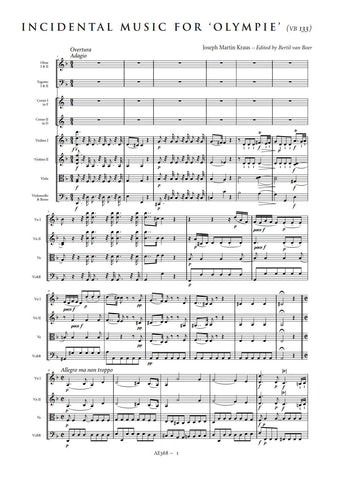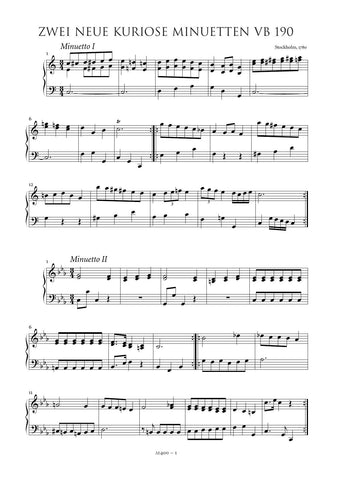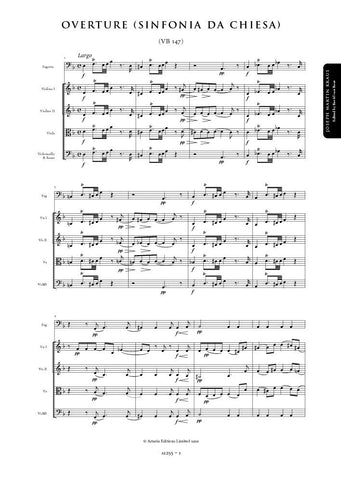Kraus, Joseph Martin: 2 Sonatas for Fortepiano (AE398) – sheet music
Next Product
Description |
Kraus, Joseph Martin (1756-1792)
|
||||||||||||||||
Audio sample |
|||||||||||||||||
Details |
The dates of the two sonatas is not known, although it is clear stylistically that the E major is a much more advanced work compositionally than the E-flat major. The latter also exists in a version as a sonata for violin and keyboard, which can be dated to Kraus's grand tour, having been written in Paris in 1785 and subsequently distributed by the Viennese publisher Johann Traeg. Since there are substantive differences in the two versions, it is impossible to say which came first, and Hans Eppstein has suggested that their may even have been a third, now lost original for fortepiano, since the extant solo keyboard version clearly represents a more advanced version. This cannot be proven, but it seems clear that the version presented here can be considered Kraus's last word in this tortuous compositional trail, probably receiving its final form for publication as part of the Due Sonata per il Forte Piano that hlstrm published about 1788 as one of the first editions stemming from his new privilege. Given that the E major work is one of considerable complexity and virtuosity, it is probable that this sonata at least was composed especially for the publication. In any case, hlstrm's edition is the earliest source of the works; a number of additional copies dating from about 1795 and later all can be traced back to it. That the composer himself was involved intimately with the edition can be seen by the unusual number of clear and precise markings and articulations. These have been accepted without comment or alteration. Occasional obvious wrong notes, the result of overlooked proof reading, have been tacitly corrected, and some of the slurrings have been regularized according to parallel passages where such do not appear to have been deliberately varied. It is the suggestion of the editor that the Adagio of the E majot sonata should be performed la C.P.E.Bach in a fantasia manner with considerable flexibility in terms of tempo and relative rhythm; to play it in a strict fashion obliviates the flow of the movement. Bertil van Boer |
||||||||||||||||
Score Preview (best viewed in full screen mode) |
|||||||||||||||||




